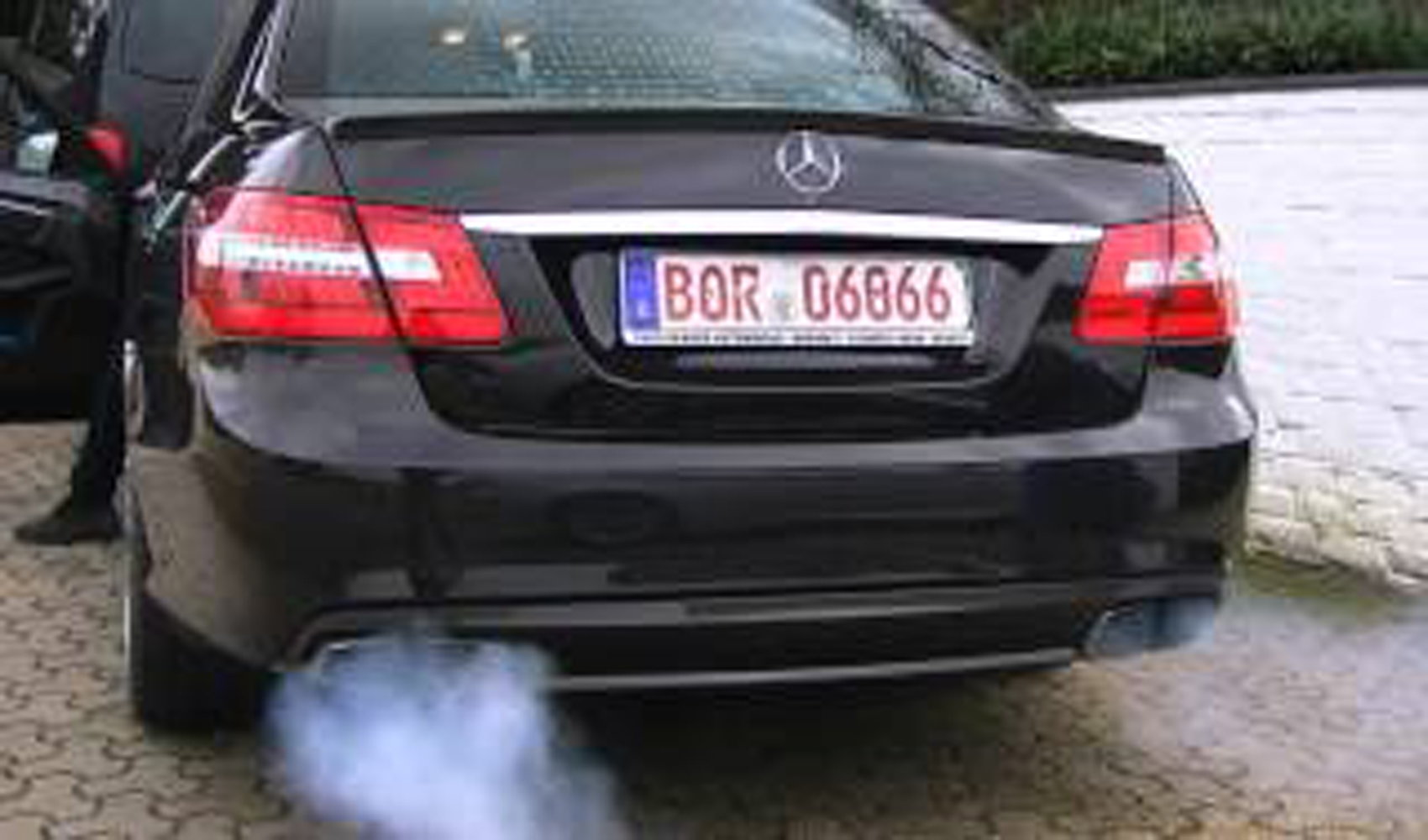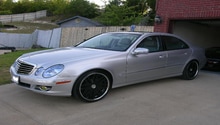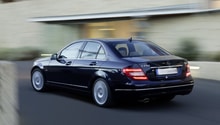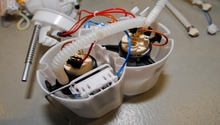Mercedes-Benz C-Class and C-Class AMG: Why Does My Car Smell Like Fuel?
Gasoline runs from the gas tank to the engine, but what happens if it's leaking somewhere in between in your Mercedes-Benz C-Class? This guide will help to trouble shoot the fume issue and fix the problem right at the source.
This article applies to the Mercedes-Benz C-Class and C-Class AMG (2007-2014).
A few smells around the car like the brakes, clutch or even rubber aren't all that uncommon. The one smell that should definitely raise some concerns is the smell of gasoline, except for when you are pumping gas into your vehicle. Gasoline should be contained to the tank, fuel lines and directly deposited into the fuel injection system in the engine. And at no point should there be any smell, vapor or gas fumes.
Step 1 – Does it only happen while driving?
It could be the top of the fuel tank.
Fuel leaks can happen in multiple places across the fuel system in the car, but some can be narrowed down on the current conditions of when you notice the smell. If it only happens when you are driving, it means that it's caused by fuel slushing from side to side inside the tank. The reason why this is a good bet is because the top cap of the actual fuel tank is located underneath the second row seat. So any leaked fuel will accumulate below the seat and seep fumes into the cabin. To diagnose and fix the issue; lift up the seat and expose the fuel tank, look for corrosion, puddles or a strong scent of fuel. Then move onto unbolting the top cap, replacing the bolts, gasket and cap.

Figure 1. This diagram shows the location of the fuel tank, cap and pump.
Step 2 – Is there any fuel on the ground?
A fuel line could be damaged.
Fuel travels underneath the car through lines from the gas tank to the engine compartment. While your car is parked, the fuel that remains in the fuel lines may find its way out through a leak that would normally not be noticeable while the engine is running. This is why it's a good idea to get underneath the car with a flashlight and look for possible signs of damaged fuel line junctions or any damage in general. Remember that spilled fuel will rarely puddle up, but it will leave a visual greasy and smelly stain on the ground. This can be used as a clue to help pinpoint where the leak may be coming from. If the line is in fact damaged, then this type of repair is better done at a repair shop or dealership.

Step 3 – Is the smell only at start up?
It could just be the rich air/fuel mix from the exhaust at start up.
In order for an internal combustion engine to start or operate, it needs elements like oxygen and of course — fuel. When you first crank the ignition, the fuel injection system grabs a large gulp of fuel and sprays it into the engine cylinders, and at that point the spark plugs produce a spark and create ignition. Once the engine warms up and settles into a good idling rhythm, the fuel flow automatically decreases and so do the engine revs. So if the strong smell of fuel is only during start up and it's brief and doesn't happen at any other time, this is very normal and does not require any further attention or repair.

Related Discussions
- In Cabin Smell Fuel in C-Class - MBworld.org
- Strong Gas Smell from Exhaust - MBworld.org






